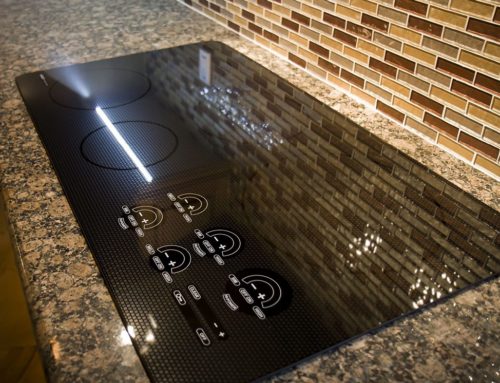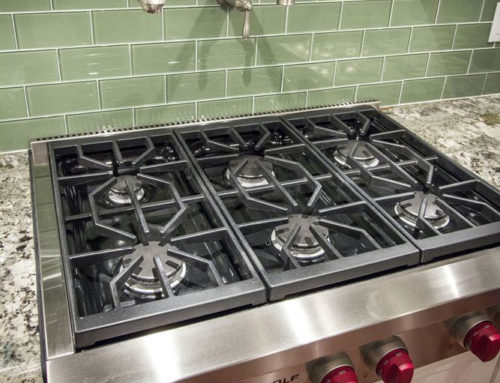Last week I had the opportunity to attended a continuing education course in Tampa which outlined the elements to consider when designing a green kitchen. These concepts apply whether you are building a new green home, or remodeling your existing home.
The two aspects regarded as most relevant for green kitchen design are integration into a net-zero energy home and choosing components of your kitchen which are not detrimental to the health of the family who lives in the home.
A “net-zero”, or “zero energy”, home simply means that the home produces as much energy as it uses. This is accomplished by incorporating components which require less energy and work more efficiently, like quality Energy Star appliances (not all Energy Star appliances are created equal), and by utilizing technology such as solar power to supply the needs of the home.
Indoor Air Quality is the second factor we are most concerned with. Offgasing of VOCs (Volitile Organic Compounds) from items such as particle board cabinet bases can lead to health problems for the families living in the home. In addition, without proper cooking appliance ventilation the home can accumulate cooking byproducts. Smoke from cooking that does not get vented outside is not healthy. Indoor air quality from VOC’s can sometimes be difficult to pin down; however, the proper sizing of the range hood is easy and should not be an item that is skimped on.



